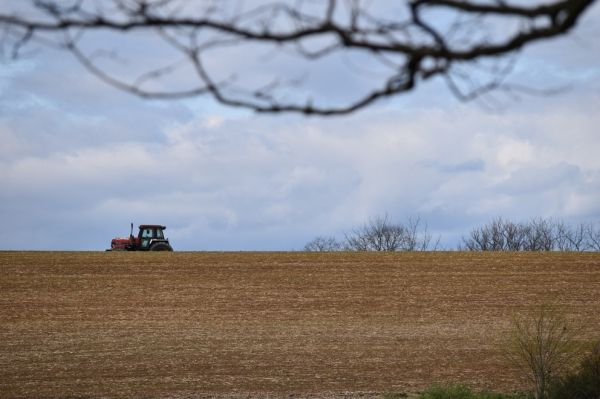Growing the right crop in the right place within an impaired watershed can achieve significant water quality improvements, according to Penn State researchers, who conducted a novel study in the drainage of a Susquehanna River tributary in an agricultural area in southeastern Pennsylvania.
The research may reveal a potential path for restoring the troubled Chesapeake Bay, said Patrick Drohan, associate professor of pedology in the College of Agricultural Sciences and one of the study's authors. The bay — which long has been impaired in large part by nutrients and sediment washing off crop fields and getting into surface waters that feed it — needs bold solutions, such as changing cropping systems, he suggested.
“Other than when wastewater treatment plants came into compliance in the Chesapeake Bay watershed, no other ‘practice’ has been shown to have as large an effect on nitrogen, phosphorus and sediment reductions as simply reallocating existing crop percentages to less risky landscapes,” he said. “Even without additional best management practices, just moving row crops such as corn and soybeans away from streams and off steep slopes can make a huge difference.”
Continue reading at Pennsylvania State University
Image via Pennsylvania State University


